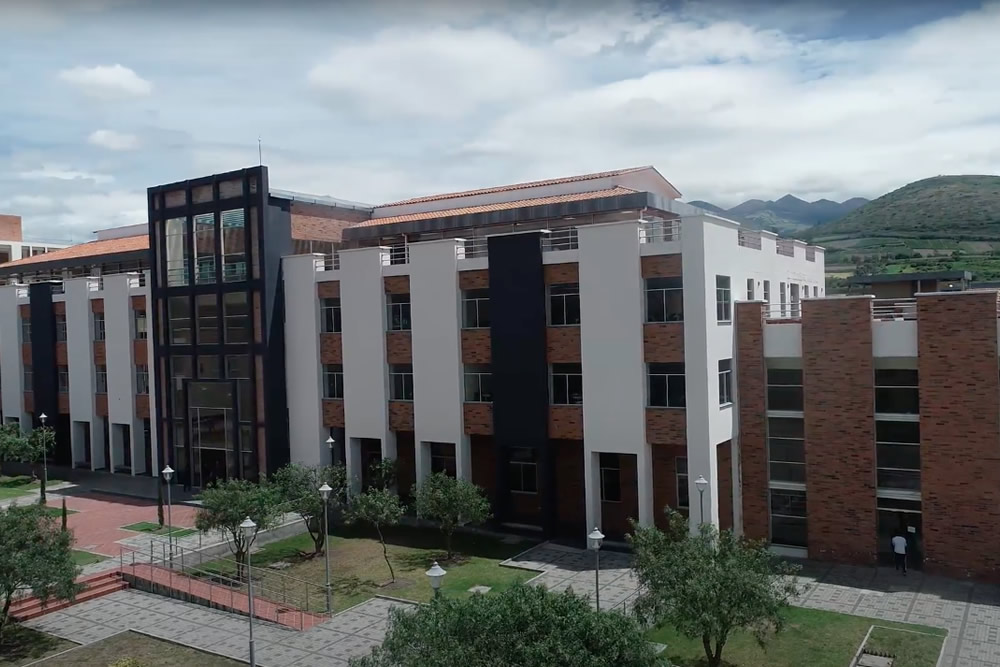Processed cheese science and technology : ingredients, manufacture, functionality, quality, and regulations / edited by Mamdouh El-Bakry and Bhavbhuti M. Mehta
Tipo de material: TextoIdioma: Inglés Editor: Boston, MA : Woodhead Publishing, 2022Edición: First editionDescripción: xiii, 510 pages : illustrations ; 24 cmISBN:
TextoIdioma: Inglés Editor: Boston, MA : Woodhead Publishing, 2022Edición: First editionDescripción: xiii, 510 pages : illustrations ; 24 cmISBN: - 9780128214459
- 637.3
| Tipo de ítem | Biblioteca actual | Signatura | Copia número | Estado | Fecha de vencimiento | Código de barras | Reserva de ítems | |
|---|---|---|---|---|---|---|---|---|
 Colección general
Colección general
|
Biblioteca Yachay Tech | 637.3 P963 2022 (Navegar estantería(Abre debajo)) | Ej. 1 | Disponible | 006620 |
Chapter 1 Overview of processed cheese and its products -- Abstract -- 1.1 Introduction -- 1.2 History of processed cheese -- 1.3 Definition of processed cheese -- 1.4 Classification and types of processed cheese -- 1.5 General principles of manufacture and key ingredients -- 1.6 Formulations used in the manufacture -- 1.7 Cheese processing equipment -- 1.8 Functional properties of processed cheese -- 1.9 Microstructure of processed cheese -- 1.10 Approaches to develop healthier processed cheeses -- 1.11 Advantages and applications of processed cheese -- 1.12 Conclusion -- References -- Chapter 2 Dairy ingredients in processed cheese and cheese spread -- Abstract -- 2.1 Introduction -- 2.2 Milk composition and properties -- 2.3 Caseins -- 2.4 Whey based ingredients -- 2.5 Whole milk protein ingredients -- 2.6 Quality of dairy protein powders -- 2.7 Milk fat -- 2.8 Lactose and other solids -- 2.9 Cheese bases -- 2.10 Summary and new directions -- References -- Chapter 3 The use of different cheese sources in processed cheese -- Abstract -- 3.1 General aspects in processed cheese technology -- 3.2 Basic aspects in natural cheese production technology -- 3.3 Manufacture of selected cheese varieties -- 3.4 The impact of natural cheese maturity degree on processed cheese properties -- 3.5 The effect of natural cheese pH, calcium and phosphorus content and salt-in-moisture content on the functional properties of processed cheese -- 3.6 Conclusion -- References -- Chapter 4 The use of vegetable ingredients in processed cheese -- Abstract -- 4.1 Introduction -- 4.2 Function of hydrocolloids and gums in processed cheese products -- 4.3 Function of prebiotics in processed cheese products -- 4.4 Function of starches in processed cheese products.
4.5 Function of vegetable oils in processed cheese products -- 4.6 Function of plant-based proteins in processed cheese products -- 4.7 Future challenges -- References -- Chapter 5 Flavors, colors, and preservatives used in processed cheese -- Abstract -- 5.1 Introduction -- 5.2 Overview of processed cheese production -- 5.3 Flavors and flavorings substances in processed cheese -- 5.4 Colors used in processed cheese -- 5.5 Discoloration of processed cheese -- 5.6 Preservatives and their role in processed cheese -- 5.7 Future remarks -- References -- Chapter 6 Functionality of salts used in processed cheese manufacture -- Abstract -- 6.1 Introduction -- 6.2 Principles of processed cheese production -- 6.3 Phosphate emulsifying salts -- 6.4 Citrate emulsifying salts -- 6.5 Crystallization of emulsifying salts -- 6.6 Usage of emulsifying salts in industry -- 6.7 Processed cheese-type products with reduced or without emulsifying salts -- 6.8 Conclusion -- References -- Chapter 7 Low salt and low sodium processed cheeses -- Abstract -- 7.1 Introduction -- 7.2 Functions of NaCl and melting salts in processed cheeses -- 7.3 Sensory aspects -- 7.4 Aspects of legislation in the world and in Brazil -- 7.5 Examples of research on processed low-sodium cheese and commercial products -- 7.6 Conclusion -- References -- Chapter 8 Manufacture of processed cheese: Equipments used -- Abstract -- 8.1 Introduction -- 8.2 Equipments used in preparation -- 8.3 Size reduction -- 8.4 Blenders -- 8.5 Cookers -- 8.6 Cooling and homogenization -- 8.7 Portioning and packaging -- 8.8 Conclusion -- References -- Chapter 9 Technological aspects of processed cheese: Properties and structure -- Abstract -- 9.1 Introduction -- 9.2 The effect of raw materials composition on the processed cheeses consistency -- 9.3 The effect of target parameters on the processed cheeses consistency.
9.4 The effect of processing parameters on the processed cheeses consistency -- 9.5 The effect of storage on the processed cheese consistency -- 9.6 Sterilized processed cheese -- 9.7 Conclusion -- References -- Chapter 10 Packaging, cooling, and storage of processed cheese -- Abstract -- 10.1 Introduction -- 10.2 Production of processed cheese -- 10.3 Chemical composition of processed cheese -- 10.4 Packaging of processed cheese -- 10.5 Cooling of processed cheese -- 10.6 Storage of processed cheese -- 10.7 Conclusion -- References -- Chapter 11 Special processed cheeses, cheese spreads, and analogue cheeses -- Abstract -- 11.1 Introduction -- 11.2 Special processed cheese varieties -- 11.3 Ingredients and formulation -- 11.4 Manufacture of special processed cheeses -- 11.5 Quality and functionality of special processed cheeses -- 11.6 Future trends in special processed cheeses -- 11.7 Conclusion -- References -- Chapter 12 Techniques used for processed cheese characterization -- Abstract -- 12.1 Introduction -- 12.2 Compositional analyses -- 12.3 Physicochemical measurements -- 12.4 Rheological measurements -- 12.5 Instrumental texture evaluation -- 12.6 Microstructural evaluation -- 12.7 Assessment of functional properties -- 12.8 Microbiological analyses -- 12.9 Sensory evaluation -- 12.10 Statistical techniques -- 12.11 Concluding remarks and further perspectives -- References -- Chapter 13 Quality and testing of processed cheese: defects, QA, and QC -- Abstract -- 13.1 Introduction -- 13.2 Food quality and safety -- 13.3 Prerequisite programs -- 13.4 Hazard analysis and critical control point -- 13.5 Quality assurance of processed cheese -- 13.6 Sampling -- 13.7 Quality control of processed cheese -- 13.8 Further quality control determinations -- 13.9 Defects -- 13.10 Concluding remarks and further perspectives -- References.
Chapter 14 Microbiology of processed cheese -- Abstract -- 14.1 Introduction -- 14.2 Processing of processed cheeses and sources of contamination -- 14.3 Action of emulsifying salts in the microbiology of processed cheeses -- 14.4 Sporulated bacteria of importance for processed cheeses -- 14.5 Molds and yeasts in processed cheeses -- 14.6 Microbiological control in processed cheeses -- 14.7 Probiotics in processed cheese -- 14.8 Conclusion -- References -- Chapter 15 Regulations and legislations on processed cheese -- Abstract -- 15.1 Introduction -- 15.2 Codex Alimentarius -- 15.3 Processed cheese legislations for a particular region -- 15.4 Processed cheese legislations, regulations and standards in different countries -- 15.5 Conclusion -- References -- Chapter 16 Processed cheese: applications, challenges, and market trends -- Abstract -- 16.1 Introduction -- 16.2 Market trends in U.S. per capita consumption of cheese -- 16.3 The challenge of how to expand the demand for processed cheese -- 16.4 Fortification -- 16.5 Methodology -- 16.6 Conclusion -- References -- Index.
No hay comentarios en este titulo.




